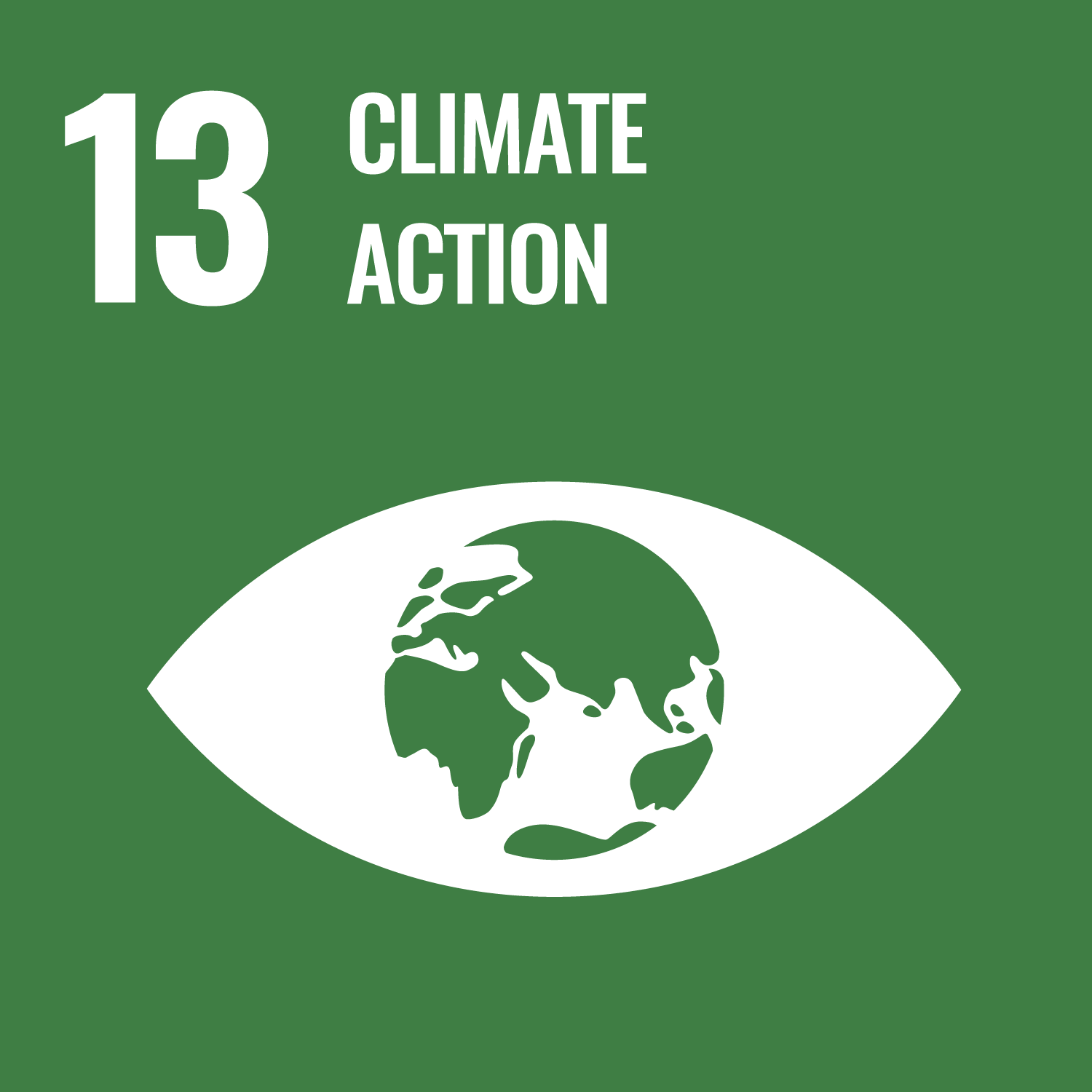Ensuring Equity in the Face of Climate Change for Developing Countries

2023.12.12
-

- Miyazaki Akihiro Deputy Director General Global Environment Department
In 2023, we have experienced a prolonged and intense heatwave during this summer, making climate change feel more tangible to many. This phenomenon is not limited to Japan; it is observed globally, June-September is the hottest month so far, with average temperatures 1.5°C higher than previous average in about 1/3 of countries in the months through the end of September, indicating that global boiling is indeed underway.
Addressing climate change is a global imperative, and under the framework of the Paris Agreement, efforts are required to reduce half of greenhouse gas emissions by 2030 (mitigation measures) to limit the average global temperature increase to within 1.5°C. Additionally, there is a need to adapt to the impacts of climate change that are already occurring (adaptation measures).
The effects of climate change will be even more severe in developing countries that are not well prepared to deal with it. Hike of energy and food prices are making life difficult for people in developing countries, and some developing countries are not able to take climate change measures due to budgetary constrain and rising external debt.
There are also concerns about the losses caused by the increase in climate-related disasters such as droughts and floods. International organizations and developed countries are providing financial support to address climate change in order to solve this problem. However, there is still a gap of 10 to 18 times the amount needed to tackle adaptation measures (UNEP 2023). The implementation of adaptation measures is challenging as climate risks evaluation takes time and need significant amount of data.
As a strategy to effectively advance climate change efforts in developing countries, JICA is promoting the “Co-Benefits Approach to Climate change” which aims to achieve sustainable development while also yielding co-benefits with adaptation and mitigation. These measures intend to maximize synergies and minimize potential trade-offs between climate action and sustainable development while considering the natural environment and biodiversity.
By implementing “Co-Benefits Approach to Climate change” we aspire to promote "Climate Resilience Development (CRD)" and build a sustainable and resilient society for all.
In the energy sector, there is a global movement transitioning from fossil fuels to renewable energy to reduce greenhouse gas emissions. For instance, in Papua New Guinea, approximately 85% of the population lacks access to stable electricity. Introducing renewable energy could significantly improve the lives of people in Papua New Guinea. However, it is crucial to consider not only how the introduction of renewable energy might enhance the lives of those currently living without electricity but also the potential changes and developments that may occur. It is essential to address concerns such as the cost and stability associated with using electricity, ensuring that it does not become a burden.
Moreover, when implementing solar or wind power, careful consideration is necessary to avoid trade-offs such as the depletion of vital natural resources like forests, crucial for maintaining wildlife, human livelihoods, and the environment. Therefore, it is important to engage with stakeholders and carefully evaluate ways to maximize mutual benefits (synergy) while minimizing negative impacts as the project progresses.
To promote Co-Benefits Approach to Climate Change, we have developed a chart that organizes and analyzes the relationships between climate change measures in each sector (JICA Global Agenda (JGA)) and Sustainable Development Goals (SDGs). In the chart, green indicates synergy, orange represents trade-offs, and yellow signifies both synergy and trade-offs.
It is crucial to have discussions with stakeholders engaged in of awareness of and verify these interlinkages as they persueboth development purposes and the attainment of climate change and SDGs goals.

JGA: Correlation between Climate Change Measures and Sustainable Development Goals (SDGs)*
*JICA carefully analyze the impacts of each project concerning trade-offs . Measures to minimize the negatives impacts are taken during project formulation. It is important to note that the relationship shown in this table can vary according to context where the action will take place and may not represent all synergies or trade-offs that may happen.
Additionally, it is crucial to steadily implement measures and responses tailored to the situations in developing countries to address global challenges. At COP28, to further discussions on advancing climate change measures in developing countries, a side event with the theme “Climate Resilient Development (CRD) Pathway: Addressing Climate Change and Sustainable Development” is scheduled. We invite everyone to take this opportunity to collectively contemplate climate change measures in developing countries, sustainable development, and the construction of sustainable and resilient societies. Would you like to join us in this discussion?"
scroll